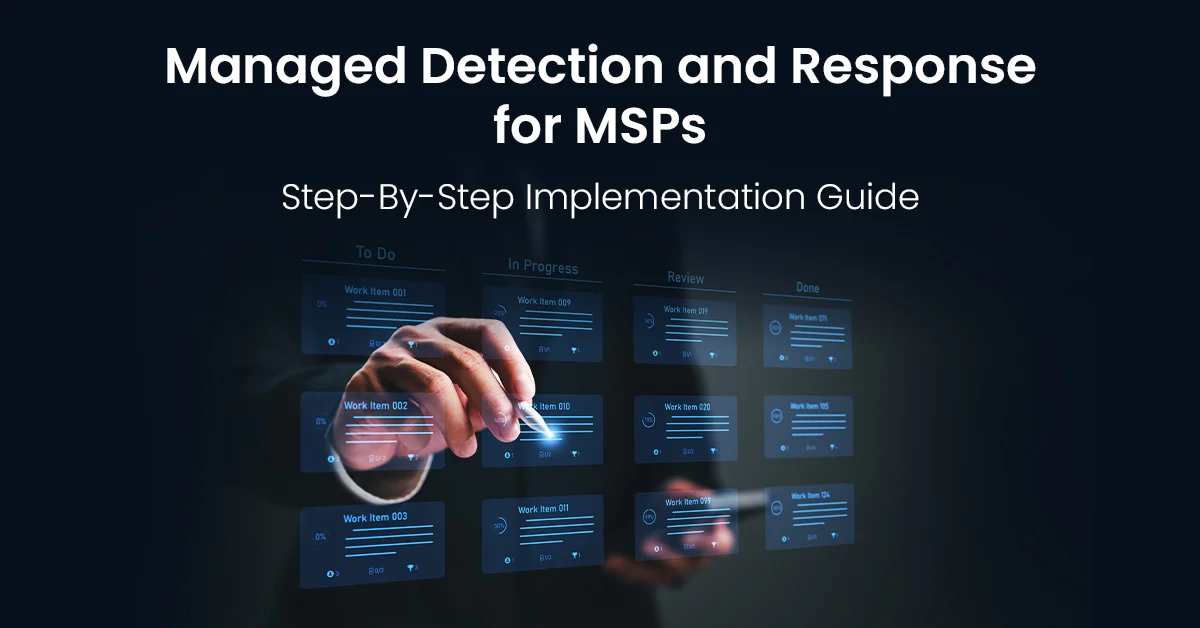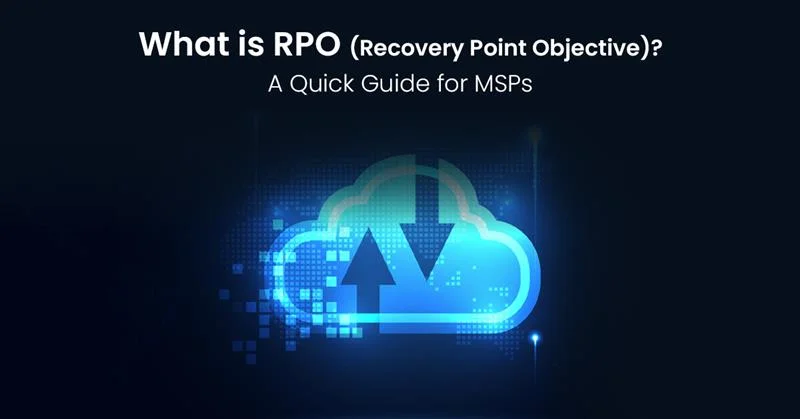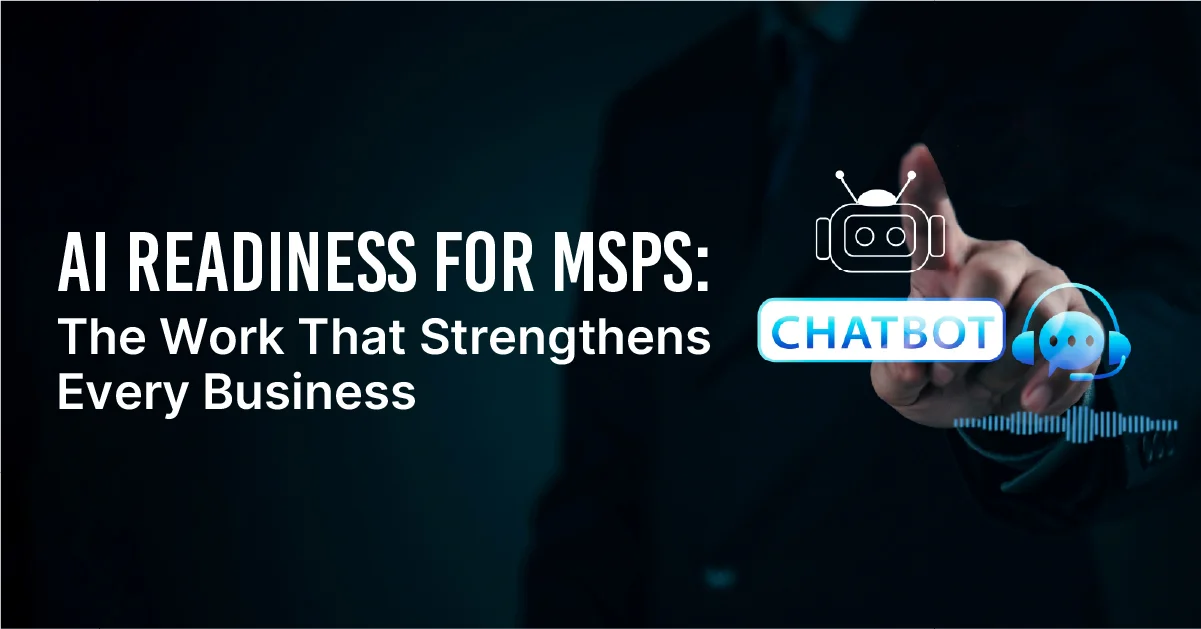Exceeding customer expectations and obtaining operational excellence are critical for your MSP. This calls for strategic goal management tools catered to your MSP’s requirements. The development of task management tools has completely changed the way your MSP can plan, carry out, and assess your goals. With the help of these tools, you can improve productivity, customer happiness, and business expansion by creating, monitoring, and optimizing objectives in an organized manner.
This blog offers insights to prosper in a competitive environment by delving into the importance, advantages, key characteristics, categories, and few challenges of goal management tools while also telling you how Team GPS can help you manage your goals effortlessly.
What are Goal Management Tools?
Goal management tools serve as indispensable assets, offering a plethora of benefits tailored to the unique needs of your MSP. These tools empower you to set clear objectives, track progress and prioritize tasks effectively. By utilizing goal setting tools, you can streamline service delivery, optimize resource allocation and enhance team collaboration, ultimately leading to improved service levels and client outcomes.
Benefits of a Goal Management Tools
Goal management solutions give several advantages that can support your MSP’s success and customer satisfaction:
Increased Customer Satisfaction: You can fulfil the client’s expectations and achieve greater satisfaction rates and stronger client relationships by establishing clear goals and monitoring progress. Maintaining open and honest communication on goals and objectives helps to build trust and confidence in your ability to deliver high-quality services.
Increased Productivity: Task management solutions improve operational efficiency and decrease downtime for your MSP by assisting with job prioritization, resource allocation, and process streamlining. You can streamline your operations and cut down on wasted time by methodically setting goals and assigning tasks. This leads to quicker problem solving and service delivery.
Improved Resource Utilization: You can also optimize resource allocation and make sure that technicians and resources are used efficiently to fulfil client demands by creating and tracking targets. You can pinpoint areas of over or underutilization and make wise decisions to optimize resource allocation and boost service efficiency with the help of goal setting software
Enhanced Accountability: The goal setting solution fosters greater accountability among team members by holding them accountable for deadlines and assignments. You can foster an environment of accountability in your team by setting clear expectations and goals. This encourages your team members to take responsibility for their work and strive for excellence in service delivery.
Key Features of Goal Setting Tools
To effectively meet the unique demands and problems faced by service providers, effective task management software for your business should include the following essential features:
SLA Management: Integration with tools for managing service level agreements (SLAs) to make sure client objectives match SLAs and you can monitor client progress towards SLA compliance. You can assess compliance with SLAs, keep an eye on service performance and take proactive measures to resolve any deviations or violations thanks to SLA management capabilities.
Ticketing and Task Management: Sturdy ticketing systems and task management features help arrange customer requests, allocate jobs to technicians and track the progress of tasks being completed. You can efficiently handle and priorities customer concerns, monitor job progress and guarantee prompt service request resolution with the help of ticketing and task management capabilities.
Performance Metrics and Reporting: Pre-installed analytics and reporting tools to monitor key performance indicators (KPIs), assess goals’ progress and provide reports on service performance that are visible to clients. You can gain significant insights into your operational performance through performance metrics and reporting capabilities. This helps you to pinpoint areas for improvement, showcase your value to customers, and make informed decisions to optimize service delivery.
Connection Capabilities: To guarantee data consistency and workflow continuity, seamless connection with other MSP platforms and tools is necessary. Examples of these include professional services automation (PSA) software, customer relationship management (CRM) systems, and remote monitoring and management (RMM) systems. With integration capabilities, you can make the most of pre-existing tools and systems, expedite data transfer and communication across many platforms, and provide a centralized environment for overseeing client objectives and operations.
Best Practices for Using Goal Management Tools
As an MSP, you need to use goal management tools effectively to exceed client expectations, achieve operational excellence and spur business development. The following are some best practices for your MSP to maximize the advantages of goal setting software:
Sync Up Objectives with Business Objectives: Make sure the goals you establish in the goal management tools align with your overall business objectives. You must ensure that those objectives are closely linked to strategic initiatives and key performance indicators (KPIs) so that you can track their progress over time.
Establish SMART objectives: When creating objectives in the goal setting application, use the SMART guidelines. Objectives must be Specific, Measurable, Achievable, Relevant, and Time-bound. This guarantees responsibility, clarity, and focus, enabling you to successfully monitor development and assess success.
Involve Stakeholders: Involve clients, teammates, and the leadership in the process of creating goals. To make sure that objectives are reasonable, pertinent and in line with stakeholders’ expectations, ask for opinions and comments. This encourages openness, support and cooperation, which propels group ownership of objectives and results.
Set Priorities: Set priorities for your goals according to your strategic significance, effect on customer satisfaction and use of resources. Concentrate on top priorities that have a direct impact on customer retention, business expansion and superior service. This keeps efforts from being diluted and guarantees that resources are used wisely to get the biggest results.
Divide Goals into Doable activities: Using the goal tracking Software, divide more ambitious objectives into more manageable, doable activities. Organizing objectives into achievable parts makes it easier to allocate tasks, monitor progress and finish them on schedule. This encourages transparency, responsibility and little steps towards accomplishing bigger goals.
Regularly evaluate and Monitor Progress: Using the task management tool’s tracking and reporting tools, regularly evaluate and monitor progress made towards your goals. Set up recurring benchmarks, milestones, or performance evaluations to gauge advancement, spot roadblocks and adjust course as necessary. Proactive decision-making is made possible by real-time goal achievement visibility, which also guarantees alignment with objectives.
Promote cooperation and Communication: Make use of the goal tracking software‘s collaborative capabilities to promote cooperation, knowledge sharing, and communication among team members. To overcome obstacles, make use of group knowledge and spur creativity, promote candid communication, feedback sharing, and cross-functional cooperation. Improved coordination, synergy, and eventually goal attainment are all attributed to effective communication.
Honour successes and draw lessons from failures: Acknowledge and commemorate successes when objectives are reached or surpassed. Recognize the efforts made by stakeholders, clients, and team members to promote a successful and appreciative culture. Similarly, use failures or missed goals into teaching moments to pinpoint the underlying reasons, modify your approach and enhance your performance going forward. Encourage a growth mentality that places a high importance on resiliency in the face of adversity and ongoing progress.
Challenges of Goal Management Tools
While goal tracking software offers numerous benefits to your MSP, they also come with certain challenges that need to be addressed for effective implementation and utilization within your MSP. Here are some common challenges faced while using task management tools:
Complexity: Some goal setting tools may be overly complex, requiring extensive training and customization, which can hinder adoption and effectiveness.
Integration Issues: Integration with existing MSP tools and systems may pose challenges, leading to data inconsistency, workflow disruptions and inefficiencies.
Resistance to Change: Resistance from team members or clients to adopt new goal setting processes or tools may impede implementation and hinder goal achievement.
Lack of Customization: Limited customization options in task management tools may not align with the unique needs and workflows of your MSP, resulting in suboptimal goal setting and tracking.
Measurement Difficulty: Defining and measuring meaningful metrics and KPIs within the task management tool may be challenging, leading to inaccurate performance assessment and goal evaluation.
Resource Constraints: Limited resources, including time, budget and personnel may constrain the effective utilization of goal setting software, impacting goal attainment and overall MSP performance.
Data Security Concerns: Data security and privacy concerns associated with storing sensitive information within goal management tools may deter adoption or necessitate additional safeguards.
Scaling Challenges: Scaling goal tracking software and tools to accommodate growth and evolving business needs may present scalability challenges, requiring continuous adaptation and optimization.
How Team GPS helps you manage your goals with ease
Team GPS simplifies goal management by providing a centralized platform for setting, tracking and achieving goals collaboratively. Its intuitive interface allows teams to create SMART goals, assign tasks, monitor progress and celebrate achievements seamlessly. With features like real-time updates, milestone tracking, and performance analytics, Team GPS streamlines goal management, promotes accountability, and fosters collaboration, making it easy for your team to stay focused and achieve collective success.
Talk to us today to find out more about how Team GPS can help you manage your teams’ goals and boost productivity without any hassles.








